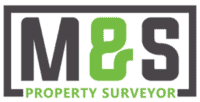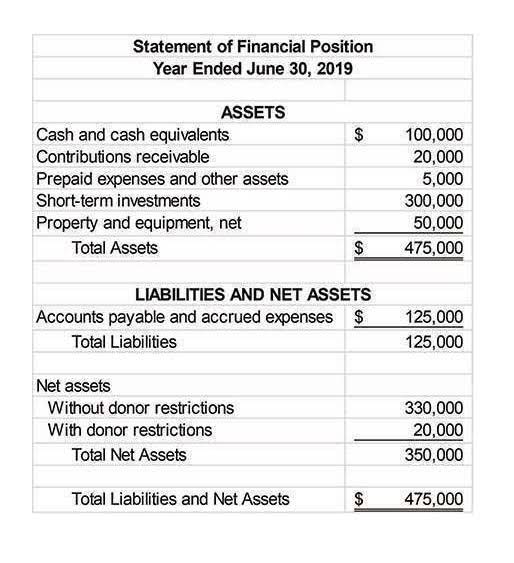There are several ways to optimize inventory using the EOQ model, discussed in detail below. If you have more inventory than you need, you are wasting money, space, and personnel dedicated to caring for that inventory. Take your learning and productivity to the next level with our Premium Templates.
The EOQ formula provides a balance between ordering costs and holding costs. By calculating the EOQ, businesses can determine the ideal quantity to order, reducing the total inventory costs and optimizing their supply chain. EOQ applies only when demand for a product is constant over a period of time (such as a year) and each new order is delivered in full when inventory reaches zero. There is a fixed cost for each order placed, regardless of the quantity of items ordered; an order is assumed to contain only one type of inventory item. There is also a cost for each unit held in storage, commonly known as holding cost, sometimes expressed as a percentage of the purchase cost of the item. Although the EOQ formulation is straightforward, factors such as transportation rates and quantity discounts factor into its real-world application.
Lower Storage Costs
Over-ordering inventory leaves you with too much product — a financial drain on your business. Selling out of a popular product could result in lost sales and lost shoppers, because they’ll go to another store to find the desired product. Determining EOQ is one of the most efficient ways to guarantee you’ll have enough stock available. By determining a reorder point, the business avoids running out of inventory and can continue to fill customer orders. If the company runs out of inventory, there is a shortage cost, which is the revenue lost because the company has insufficient inventory to fill an order. An inventory shortage may also mean the company loses the customer or the client will order less in the future.
For the EOQ formula to work, your order lead time must be completely predictable, and orders must arrive on time every time. By restocking this amount, you should hypothetically be able to meet demand and lower overhead costs. Plus, in this scenario, you risk understocking, which can lead to stockouts and missed sales opportunities. Here, order costs refer to the processing fees and transportation expenses accumulated when you place a purchase order. In the next section, you may input your data into the economic order quantity formula, or follow the example provided below. Keep your inventory turnover optimized and cut costs to increase your company’s profitability!
Reduce Waste
Sure, the most economical replenishment strategy would be ordering 750 cement bags at a time. But even with the manufacturer’s waived production fee, that’s still a $3,000 expense on every order. While the EOQ model is a good guideline for balancing the costs of your inventory on hand and the costs of producing your inventory, it isn’t foolproof. EOQ assumes that none of your products were sold to you at a discounted rate.
The biggest failing of the EOQ model is it assumes production costs and storage costs for your product are constant. On the one hand, you want to take advantage of economies of scale (a.k.a. the what is a pay stub savings available when you order a higher quantity of items at once). But on the other hand, ordering tons of items at once ramps up the storage costs for your inventory. The John Sports Inc. purchases tennis balls at $20 per dozen from its suppliers. The John Sports will sell 34,300 dozen of tennis balls evenly throughout the year.
If EOQ can help minimize the level of inventory, the cash savings can be used for some other business purpose or investment. A rapidly growing e-commerce startup faced challenges in managing its inventory, especially with fast-moving products. By adopting the EOQ formula, they were able to streamline their ordering process, reducing ordering costs by 10%. This helped them scale their operations more efficiently and maintain a competitive edge in the weighted average shares vs outstanding shares market.
EOQ takes into account both the costs of holding inventory, such as warehousing and storage expenses, and the costs of ordering, such as shipping and handling costs. By finding the ideal balance between these costs, businesses can avoid the pitfalls of overstocking or understocking, thus optimizing their inventory management strategy and ensuring the smooth flow of operations. Efficient inventory management serves as a cornerstone for the success of businesses, irrespective of their size or industry. It ensures the seamless flow of goods, prevents stockouts, minimizes holding costs, and maximizes customer satisfaction. Proper inventory planning allows businesses to maintain optimal stock levels, avoid excess inventory, and meet customer demands promptly, leading to improved profitability and a competitive edge in the market.
Your reorder point is a predetermined level of inventory a business is comfortable reaching before it’s time to place a new order. This number is different for every item, as each item will have a unique EOQ. It can lead to understocked stores, lost revenue, and — worst of all — unhappy customers who never return. Also known as “optimum lot size,” economic order quantity refers to the number of units you should add to inventory with each purchase order.
The economic order quantity model was designed to help companies to minimise inventory costs and was developed by F.W. Economic order quantity (EOQ) is a production-scheduling model that finds the ideal inventory amount a business should have in stock. The quantity of stock should allow the business to meet customer demand and minimize costs at the same time. For example, if you run out of inventory, there’s a shortage cost, which equals revenue loss because you can’t fill orders. If EOQ can minimize inventory levels and lower holding costs while keeping stock constantly available, the extra cash can be used in areas like product development or marketing.
Variable 3: Holding costs per unit
To minimize its inventory carrying costs, a company must place small orders. But what is framework small order size means that the company must place more orders which increases its total ordering costs. Similarly, if a company wants to cut its ordering costs, it must reduce the number of orders placed which is possible only when order size is large. But increase in order size means that average inventory balance on hand will be high which increases total carrying costs for the period.
Formula for Calculating Economic Order Quantity
- Whenever you’re running low, Cogsy will email you a replenish alert, letting you know it’s the ideal time to place your next PO.
- Set-up costs include any expenses related to ordering your inventory, including packaging and delivery.
- These include opportunity cost of money held-up in inventories, storage costs such as warehouse rent, insurance, spoilage costs, etc.
- It can be difficult to forecast the exact optimal number of stock to have on hand at your business and may result in cautious calculations that cause you to order smaller amounts.
There is an inverse relationship between ordering cost and holding cost. Keeping the annual demand constant if for example the number of orders decreases, the ordering cost will also decrease but the holding cost will rise and vice versa. Overall, the benefits of using the EOQ model extend beyond mere cost savings. On average, you have to pay $4 for keeping one notepad in your inventory. The EOQ calculator (economic order quantity) helps you find the optimal order you should place to minimize costs related to inventory, like holding and ordering costs. It can be difficult to forecast the exact optimal number of stock to have on hand at your business and may result in cautious calculations that cause you to order smaller amounts.
Advantages of Using the EOQ Formula
As mentioned above, your safety stock is the amount of product you keep on hand, above what you believe will sell, to ensure you don’t run out between orders. A safety stock assessment involves analyzing the time it takes for the product to arrive from the vendor, the average demand for the product, your supply chain configuration, and your comfort level with running low. This model assumes that costs like ordering and holding remain constant, whereas, especially in fast-growing businesses, inventory needs may change quickly.
- Clients of industrial and commercial producers usually do not require the same degree of delivery lead time.
- This includes purchase order processing fees, import duties, and transportation costs (just to name a few).
- This approach is also known as trial-and-error approach of determining economic order quantity.
In other words, it is the optimal inventory size that should be ordered with the supplier to minimize the total annual inventory cost of the business. Other names used for economic order quantity are optimal order size and optimal order quantity. Furthermore, the company can use the EOQ model to plan its production schedules, minimize storage costs, and avoid stockouts or overstocking issues. The goal of using EOQ is to find a balance – ordering enough materials to keep the project moving while avoiding excess stock that ties up cash and adds storage costs. This approach helps keep projects on budget and reduces the risk of running into supply shortages that can lead to delays.





